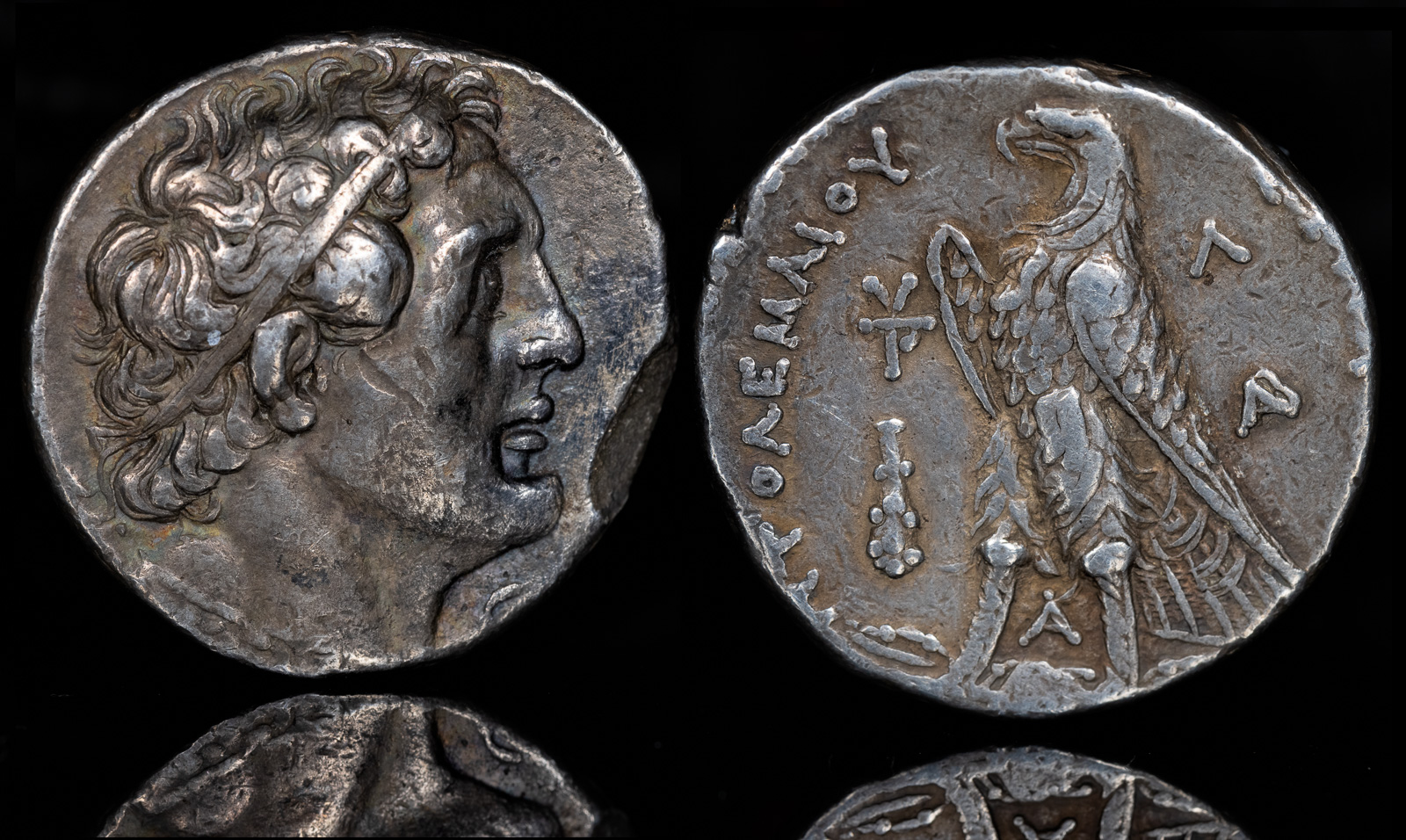Chipped
View All Tags
Another significant factor in the chipping of ancient coins was the minting process itself. Coins were struck using dies, and over time, the dies would become worn or damaged. In the case of poorly struck coins, the initial imprint might not have been sharp or deep enough, leading to weak or incomplete designs. This could result in some areas of the coin becoming more susceptible to further chipping or degradation, particularly if the coin was made from a softer metal. Coins struck with uneven force might also have imprecise edges, contributing to the development of chips or cracks.
Coins could also become chipped as a result of improper storage. If ancient coins were stored improperly in damp, acidic environments, such as buried underground or in wooden chests, corrosion could take hold. The corrosion could cause the metal to weaken, making it more prone to chipping and fracturing. Similarly, coins that were subject to long periods of exposure to the elements, especially those made from base metals like copper, might have deteriorated in a way that caused them to flake or chip away. The effects of corrosion could sometimes obscure the original designs, making it harder for modern scholars to identify or date the coin.
Lastly, human interventions, such as attempts to reuse or alter coins, could lead to chipping. Coins might have been cut, smashed, or otherwise manipulated to create smaller denominations, or in some cases, to be reformed for purposes other than currency, such as in the production of jewelry or ornaments. These actions often resulted in the edges or parts of the coin being chipped or broken off, as the metal was physically altered or damaged.

Ptolemaic Kingdom of Egypt, Ptolemy II Philadelphos
AR Tetradrachm. Tyre, dated RY 30 = 256/5 BCE
14.01g, 25mm, 12h.
Diademed head of Ptolemy I to right, wearing aegis around neck / ΠΤΟΛEΜΑΙOΥ [BAΣΙΛEΩΣ], eagle standing to left; monogram of Tyre above club to left; Λ (date) above monogram to right; A between legs.
CPE 577; Svoronos 657; SNG Copenhagen 488; DCA 20
Ex collection of R. N. Draskowski;
Ex Ephesus Numismatics, North Carolina, USA